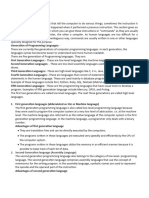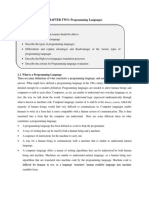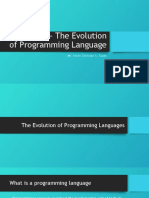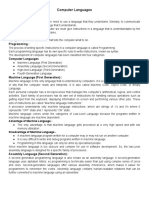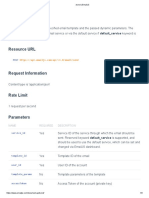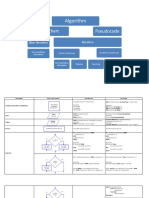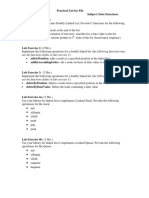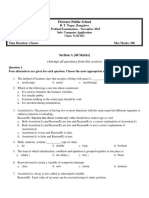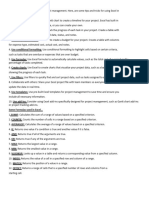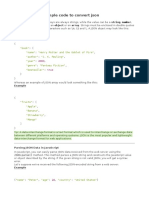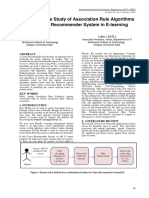0% found this document useful (0 votes)
134 views3 pagesComputer 6 Week 3 and 4 Computer Languages
The document discusses computer languages and how they enable communication between humans and computers. It introduces four categories of computer languages: low-level languages like machine language and assembly language that computers can directly understand; and high-level languages like third and fourth generation languages that are easier for humans to use but require translation. High-level languages allow programs to be portable across different machines and are useful for tasks like database access and report generation.
Uploaded by
Titser ArMack Adrocat MendozaCopyright
© © All Rights Reserved
We take content rights seriously. If you suspect this is your content, claim it here.
Available Formats
Download as PDF, TXT or read online on Scribd
0% found this document useful (0 votes)
134 views3 pagesComputer 6 Week 3 and 4 Computer Languages
The document discusses computer languages and how they enable communication between humans and computers. It introduces four categories of computer languages: low-level languages like machine language and assembly language that computers can directly understand; and high-level languages like third and fourth generation languages that are easier for humans to use but require translation. High-level languages allow programs to be portable across different machines and are useful for tasks like database access and report generation.
Uploaded by
Titser ArMack Adrocat MendozaCopyright
© © All Rights Reserved
We take content rights seriously. If you suspect this is your content, claim it here.
Available Formats
Download as PDF, TXT or read online on Scribd
/ 3











